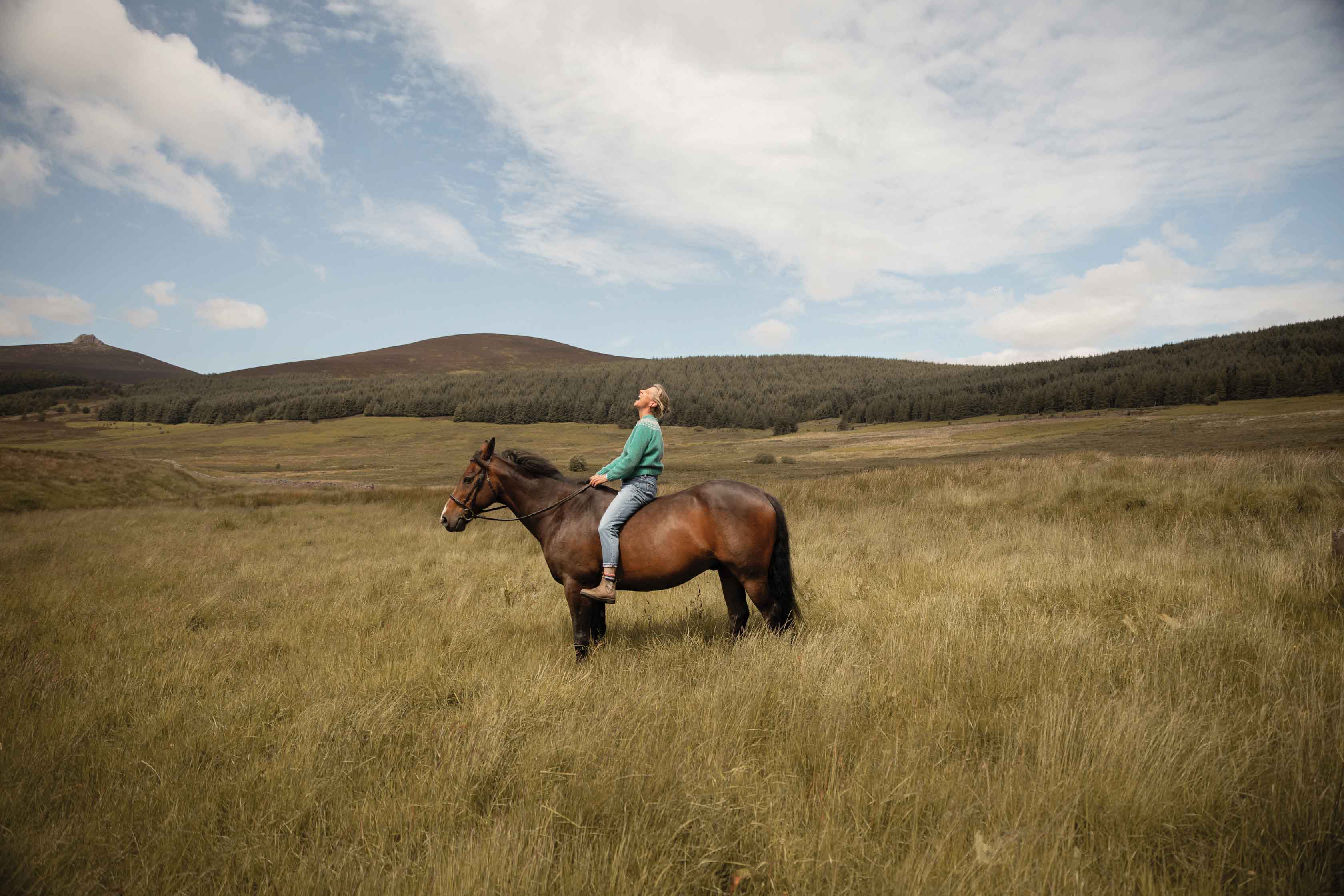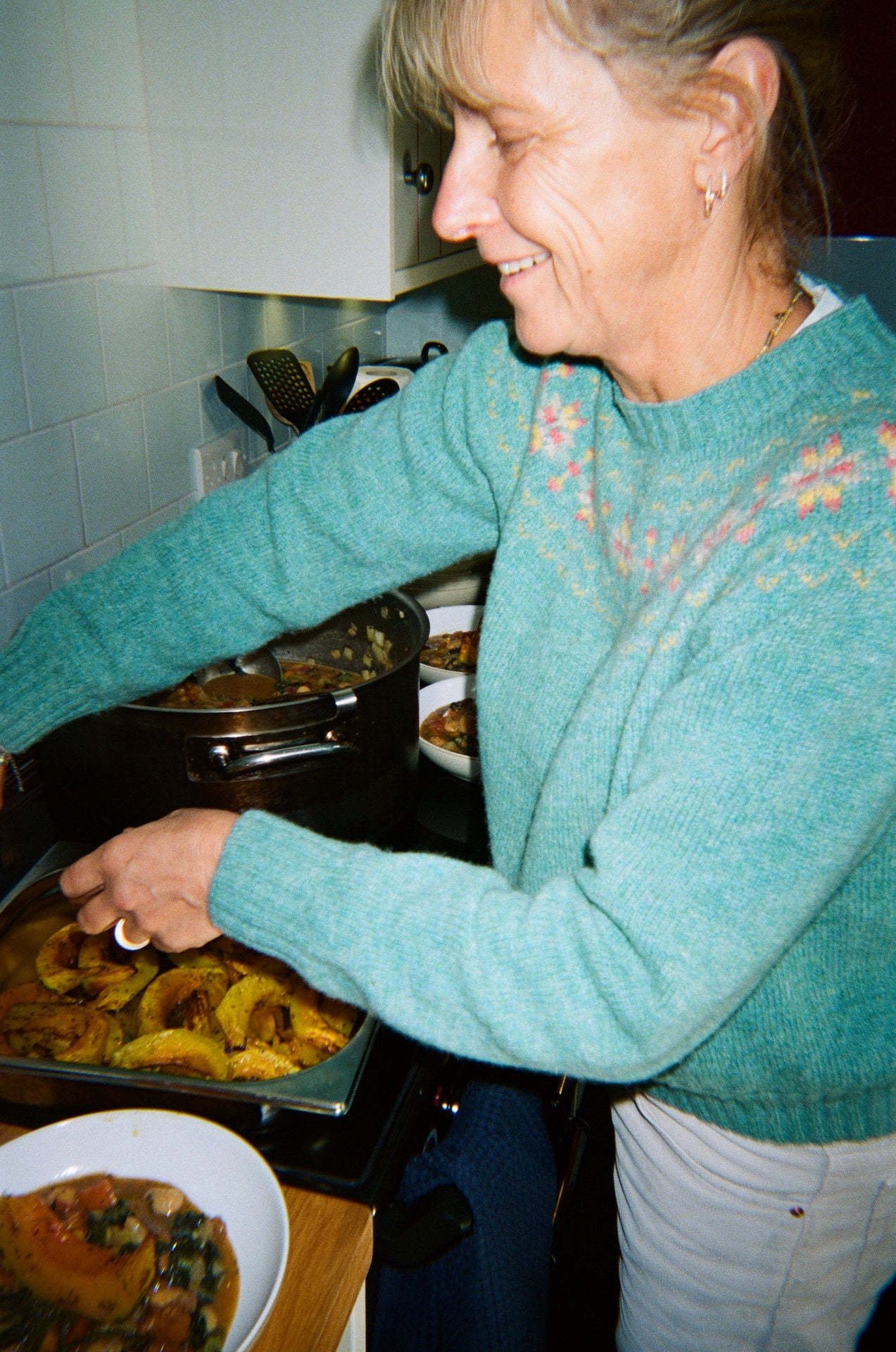The art of Céline Bodin
You may have spotted Céline’s work in How To Spend It’s article about Gladstone / Hellen (here, in case you missed it). Céline has something that can be increasingly hard to maintain in the art world; a unique perspective. Her pieces are as subtle as they are strong, and her style is elegance personified. She takes her inspiration from the world of art history (specifically French Renaissance and Neoclassical painters) but each piece has a modern twist. Her work looks like art in the traditional sense of the word – an oil painting, for example – but amazingly she is a photographer. We caught up with Céline in a bid to understand how she found her unique style, and what her process of working is like.

“I started working on the series Light of Grace in 2013, when I was researching new ways to express beauty through female portraiture and the ambiguous duality of form and subject in photography: primarily asking ‘is this a beautiful picture, or a picture of a beautiful subject?’”, she says. When asked about her primary inspiration, the answer is two-fold: “I found as much inspiration in the masters of the Renaissance and their motivations, as in abstraction and the understanding of beauty as an experience rather than a tangible object of perfection. Our understanding of beauty is fueled by art history, which prompted me to create images reenacting scenes from paintings that translate a sense of feminine mythology rather than portraits of actual individuals. I reinterpret the originals to reveal a pattern in our way of looking at images of women, based on depictions by the likes of Ingres, Manet, Courbet, Toulouse Lautrec, Hammershoi, Cranach the Elder, and more.”
Céline’s blurred aesthetic has garnered her international attention, and it’s what she’s known for, so we’d be remiss not to ask her about it. “The photographs are re-creations under the veil of soft focus. The blur acts as a method of appropriation, it conjures a sensory response, while colour and pose act like a code for the viewer to associate with other images.” And as for the environment of all of her photographs? “Recreating a scene, I imagine its original setting, the painter and its models, reliving that moment, sometimes pretending to myself that I travel within the image to find a new angle or choose only one character from a large group. Each of the photographs acts as an idealised mental image, evidence of a typical representation of women across time, within which everlasting themes are easily recognised.
By only suggesting identities and pictorial aesthetics, the series tests the logic of our perception and acknowledges our eye’s tendency to associate, and a deep urge to project, relying on this principle to classify types and characters. The distance created by the blur allows the mind to wander into a contemplative state, where we might imagine what lies behind the blur, the multiplicity of narratives present. It is also the expression of a certain frustration that comes from the limitations of a medium that is doomed to continuously re-imagine human representation. By limiting the viewer’s gaze to the evocation of a figure rather than a study of a person’s features, I aim to turn their attention to the experience of beauty in an image and explore this as a pure emotion.”
Explore more of Céline’s work here.

